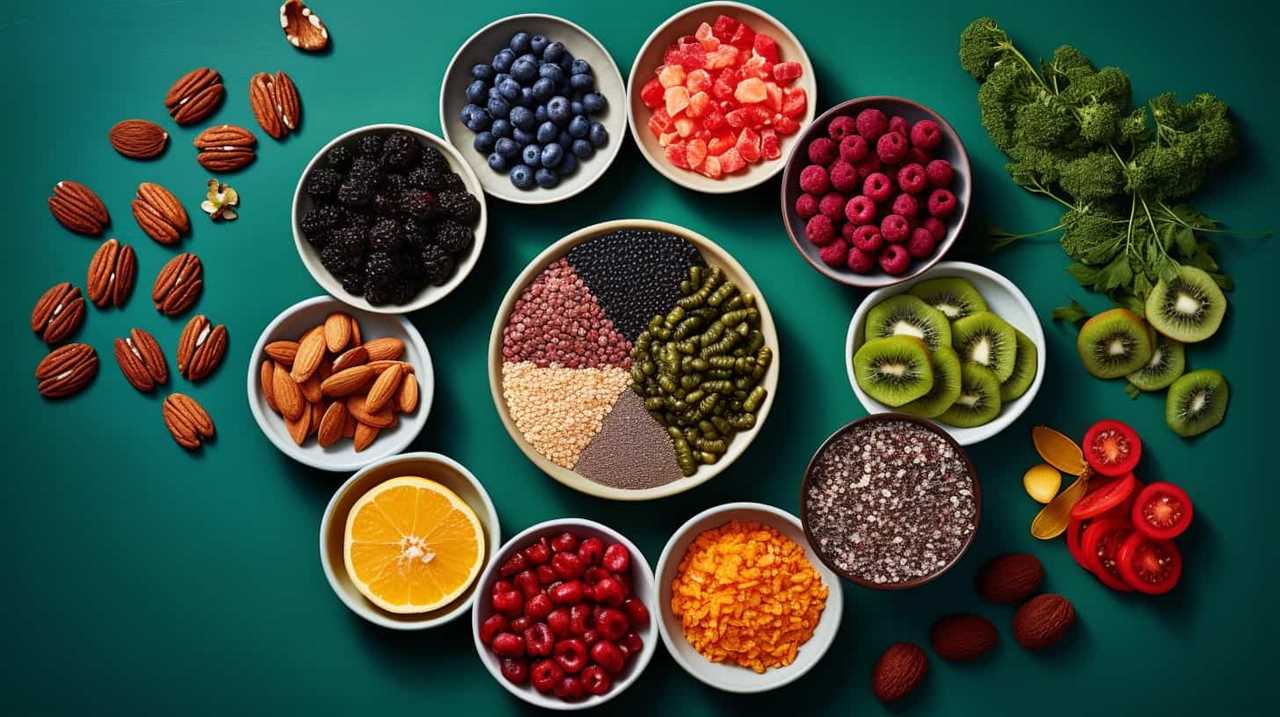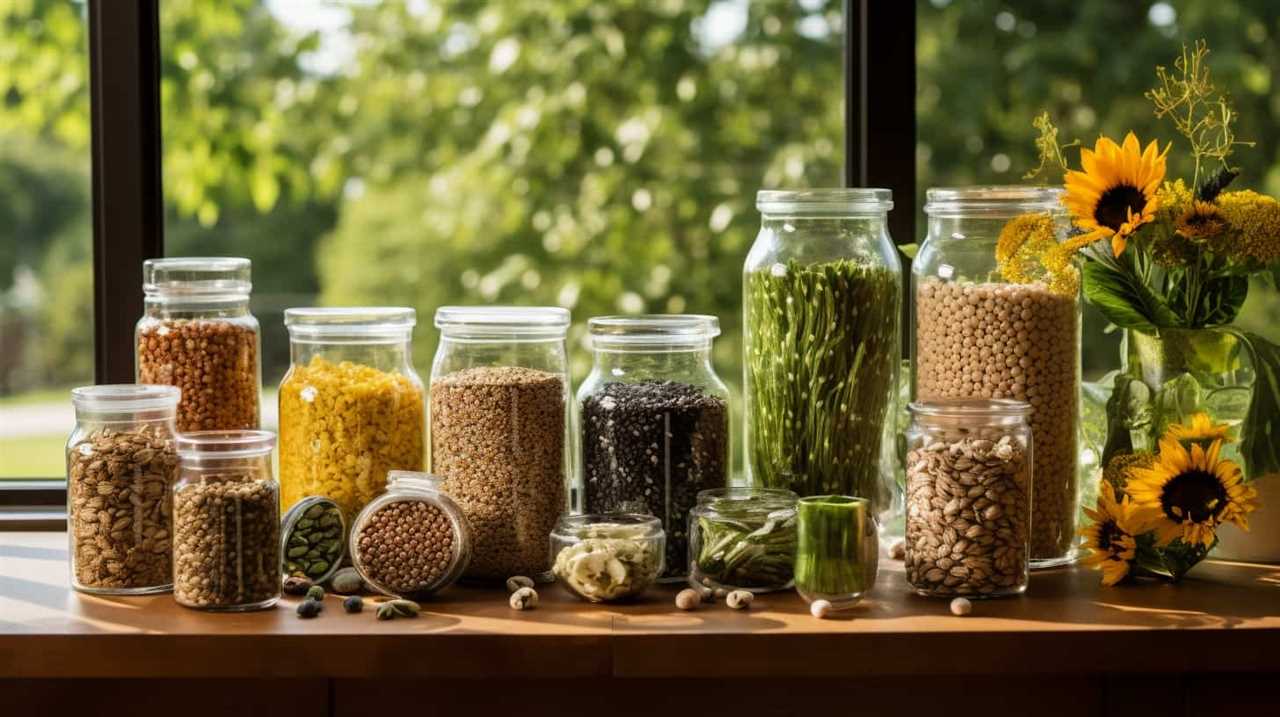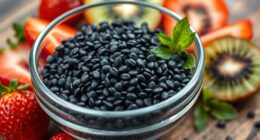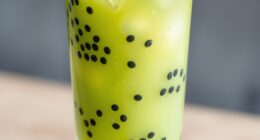We are here to provide you with a comprehensive guide to commercially farming chia seeds.
In this article, we’ll walk you through the process from choosing the right chia seed varieties to harvesting and processing the seeds.
We’ll delve into the details of preparing the soil, sowing the seeds, and nurturing the seedlings for optimal growth.
So, if you’re ready to embark on a journey into the world of chia seed farming, let’s get started!
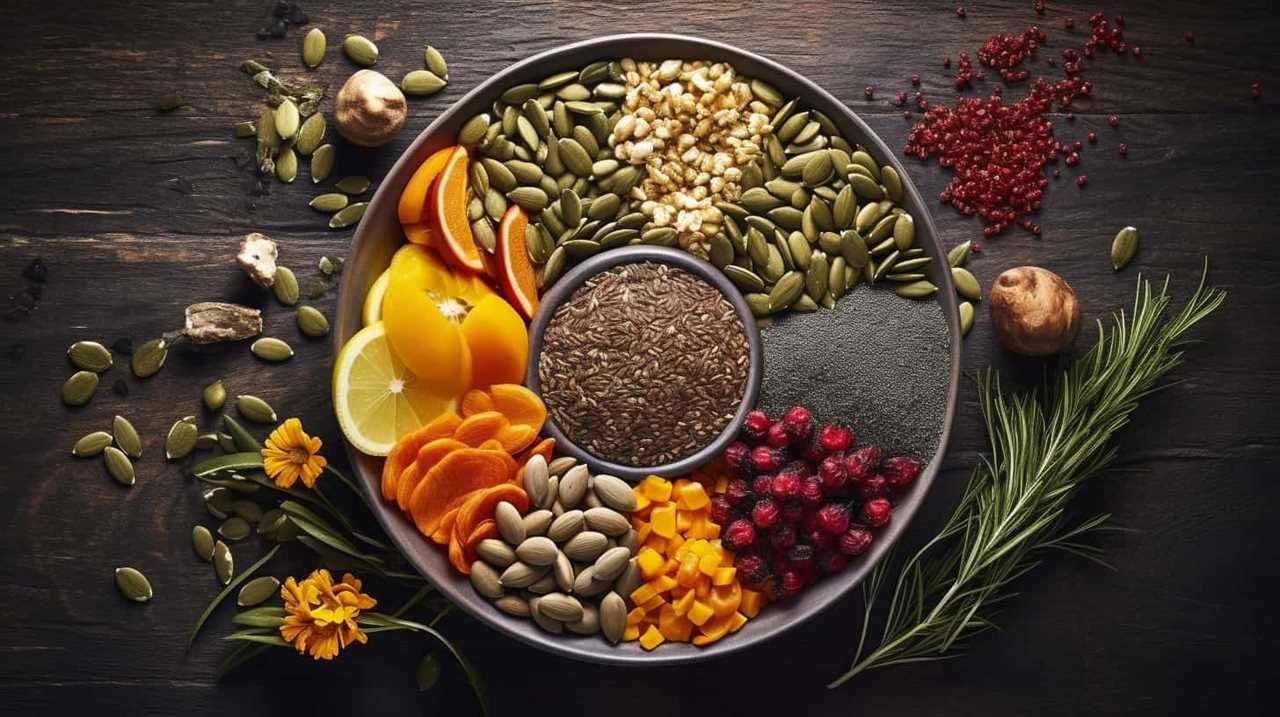
Key Takeaways
- It is important to consider reliability and reputation of chia seed suppliers in order to ensure a steady customer base and maximize profitability.
- Staying updated on chia seed market trends is crucial for aligning production with market needs and making informed business decisions.
- Conducting a comprehensive soil test, including determining pH level, nutrient deficiencies, and organic matter content, is essential for successful chia seed planting.
- Proper soil preparation, such as incorporating organic matter and improving soil structure and water retention, is necessary to meet nutrient requirements and promote optimal chia seed growth.
Choosing the Right Chia Seed Varieties
When it comes to commercial chia seed farming, we need to carefully consider the selection of chia seed varieties. Choosing the right chia seed varieties is crucial for success in this industry.
One key factor to consider is the reliability and reputation of chia seed suppliers. It’s important to work with suppliers who have a strong track record of providing high-quality chia seeds that meet industry standards.
Additionally, staying updated on chia seed market trends is essential. By understanding the demand and preferences of consumers, farmers can make informed decisions about the varieties they choose to cultivate. This knowledge allows them to align their production with market needs, maximizing profitability and ensuring a steady customer base.
Proper selection of chia seed varieties is a critical step on the path to a successful commercial chia seed farming venture.
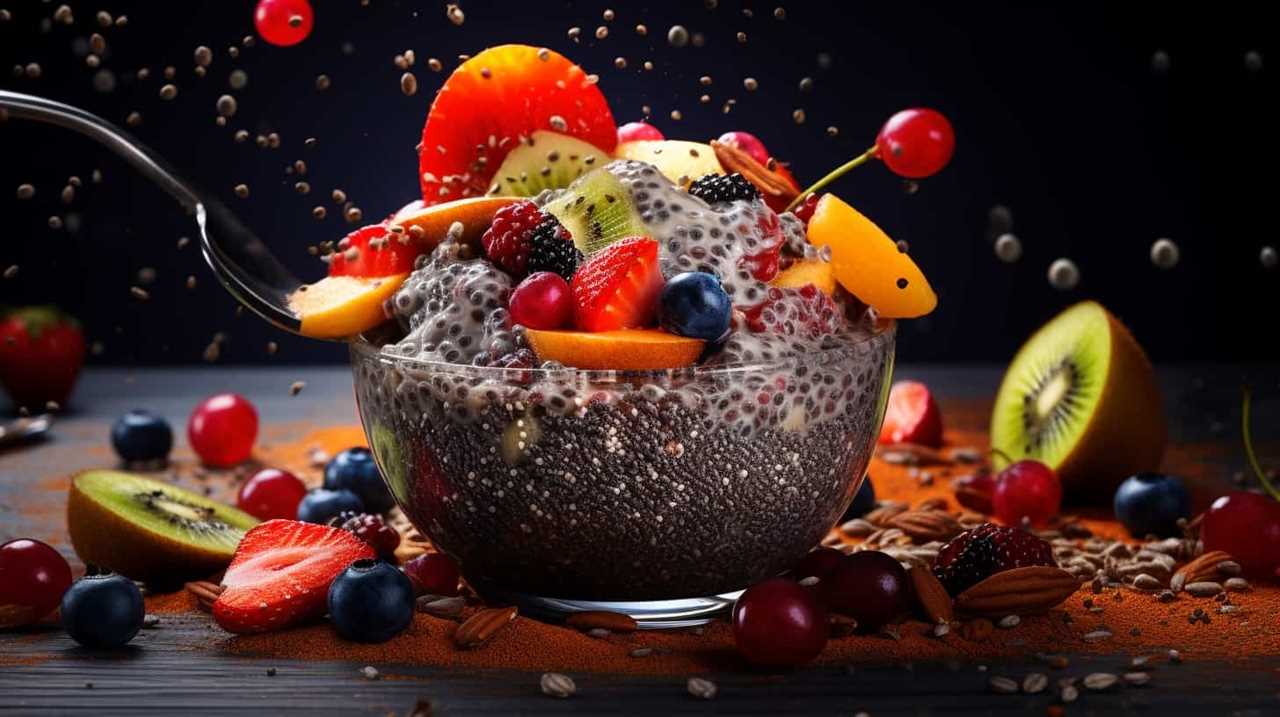
Preparing the Soil for Chia Seed Planting
To prepare the soil for chia seed planting, we start by assessing its nutrient content and structure. This step is crucial in ensuring optimal growth and yield of chia plants.
Here are some key soil preparation techniques and soil nutrient requirements to consider:
- Soil Testing: Conduct a comprehensive soil test to determine the pH level, nutrient deficiencies, and organic matter content. This will guide you in making necessary amendments to create a balanced growing environment for chia seeds.
- Organic Matter Addition: Incorporate organic matter, such as compost or well-rotted manure, into the soil. This improves the soil structure, enhances water retention, and provides essential nutrients for chia plant growth.
- Nutrient Balance: Chia plants require a well-balanced nutrient profile, including macronutrients like nitrogen, phosphorus, and potassium, as well as micronutrients. Consider using organic fertilizers or mineral supplements to meet these requirements.
Sowing Chia Seeds: Best Practices
After preparing the soil for chia seed planting, we can now delve into the best practices for sowing chia seeds and ensuring successful germination and establishment.
Proper sowing techniques are crucial for achieving optimal chia seed germination rates. Start by evenly broadcasting the seeds across the prepared soil, ensuring a uniform distribution.

To promote good seed-to-soil contact, lightly rake the area or use a roller to press the seeds into the soil. It’s important to sow the seeds at the recommended depth, which is typically around 1/8 to 1/4 inch. Avoid burying the seeds too deep, as this can hinder germination.
After sowing, water the area gently to keep the soil moist but not waterlogged.
Following these best practices will help maximize chia seed germination and establish a successful chia crop.
Nurturing Chia Seedlings for Optimal Growth
Once the chia seeds have germinated and established, we can nurture the seedlings for optimal growth by providing the right conditions and care. To ensure healthy chia seedlings, it’s crucial to follow these chia seedling care guidelines:
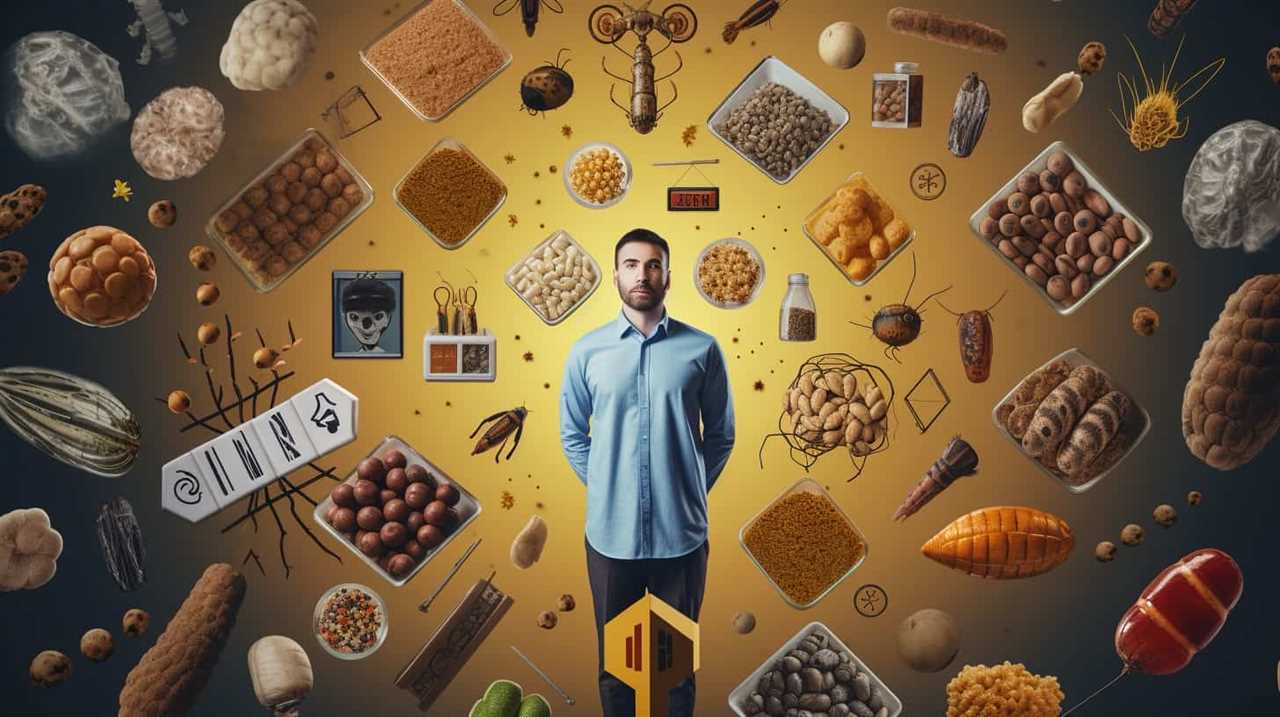
- Watering: Chia seedlings require consistent moisture, so water them regularly, ensuring the soil remains moist but not waterlogged.
- Lighting: Place the seedlings in a location with ample sunlight or provide artificial lighting for at least 12-16 hours a day to promote healthy growth.
- Nutrition: Feed the seedlings with a balanced liquid fertilizer every two weeks to provide essential nutrients for optimal development.
By following these optimizing chia growth techniques, you can ensure the healthy growth and development of your chia seedlings, setting the stage for a successful harvest.
Now, let’s explore the next step in the process: harvesting and processing chia seeds.
Harvesting and Processing Chia Seeds
After nurturing chia seedlings for optimal growth, it’s time to move on to the next stage: harvesting and processing chia seeds.
Harvesting chia seeds requires careful consideration of the plant’s maturity. Chia plants are typically ready for harvest when the flowers have dried up and the seed heads have turned brown.
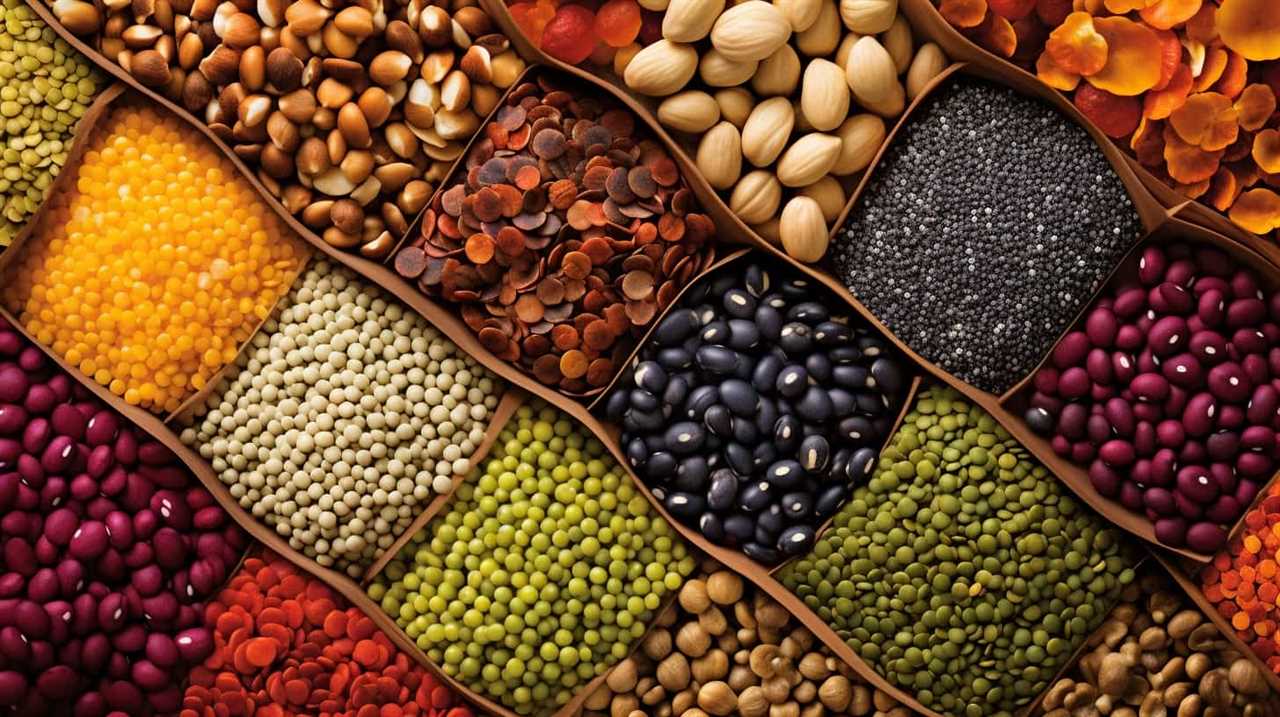
To ensure high-quality seeds, it’s important to use proper chia seed drying techniques. This can be achieved by spreading the harvested seeds in a well-ventilated area, away from direct sunlight. Regularly turning the seeds helps in even drying and prevents mold or moisture buildup.
Once the seeds are dry, they’re ready to be cleaned. Chia seed cleaning methods involve removing any debris or impurities such as dirt, stems, or leaves. This can be done using a sieve or a mesh screen, ensuring only clean, pure chia seeds remain.
Conclusion
In conclusion, commercial chia seed farming can be a rewarding and profitable venture. By carefully selecting the right chia seed varieties and preparing the soil adequately, farmers can ensure a successful harvest.
Sowing the seeds using best practices and nurturing the seedlings for optimal growth are crucial for a bountiful yield.
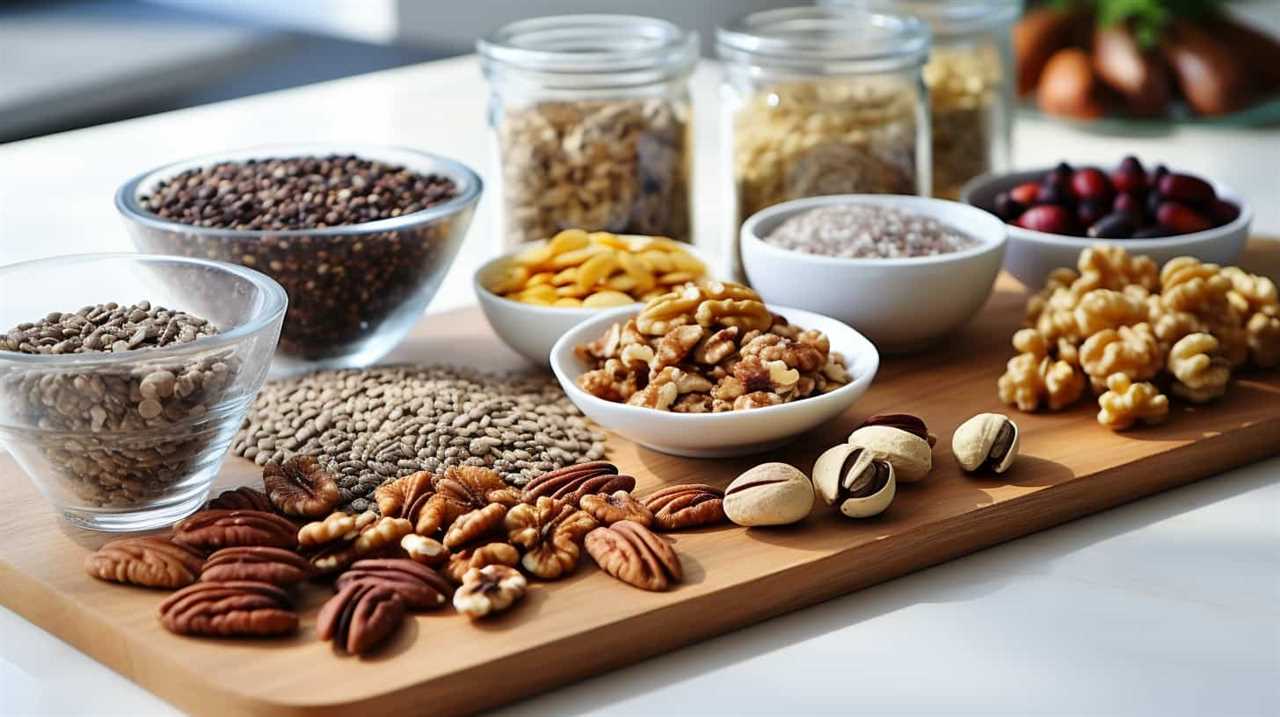
Finally, harvesting and processing the chia seeds properly will ensure their quality and marketability.
So, go ahead and embark on this chia-rrific journey to farming success!
